How did Sydney siege gunman Man Haron Monis ‘slip through the cracks’?
IRAN says it requested the extradition of Man Haron Monis - the gunman behind the Sydney hostage siege - 14 years ago but Australia refused. This is how he terrorised a city.

IRAN says it requested the extradition of Man Haron Monis - the gunman behind the Sydney hostage siege - 14 years ago but Australia refused.
In new developments the head of Iran’s police, Gen Ismail Ahmadi Moghaddam, told BBC reporters that Monis was wanted in Iran for fraud in 1996 but that he fled to Australia.
“Since we did not have an agreement on the extradition of criminals with Australia, the Australian police refused to extradite him,” he said.
When asked to confirm the claim in a press conference this afternoon, Prime Minister Tony Abbott said he would not confirm it but not deny it either.
Mr Abbott did confirm that Man Haron Monis held a gun license and that he had been on welfare.
These latest revelations the latest in a stream of questions being asked by the community and its leaders in the wake of the horrifying Sydney siege that killed two innocent people and injured dozens of others.
As the public learns more and more about the violence, history and disturbed mind of Man Haron Monis, the demand for answers strengthens.
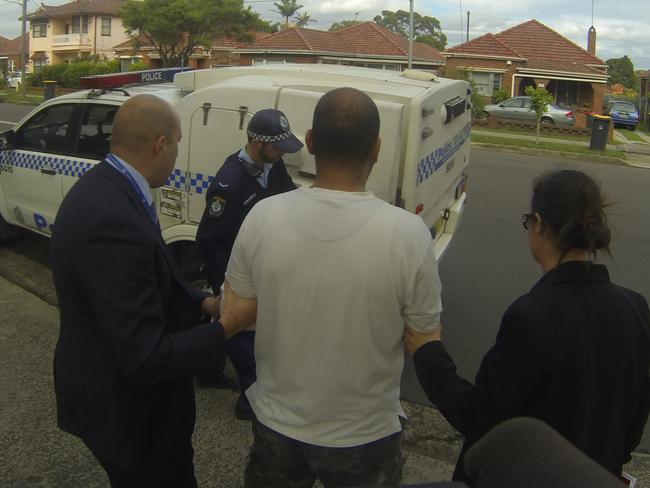
“How can someone who has had such a long and checkered history not be on the appropriate watch list? And how can someone like that be entirely at large in the community?” the Prime Minister asked yesterday.
“We are all outraged that this guy was on the street,” Premier Mike Baird added.
Intelligence reviews are underway and bail laws are being examined closely, but it’s too late for the families of Katrina Dawson and Tori Johnson killed at Monis’ hand, the hostages, their families, and everyone affected by the siege that gripped the nation.
NOT ON OUR WATCH
The self-styled ‘sheik’ a dole recipient, became known to ASIO and other intelligence agencies in the late 2000s.
His “extremist behaviour” and long criminal history, made him suspicious to intelligence agencies.
One example of Monis’ behaviour, when he sent offensive letters to the families of dead Australian soldiers in 2010, brought him into the national spotlight.
But it was activities separate to this that gained the attention of ASIO, the AFP and the Department of Immigration.
Monis was known to counterterrorism agencies. He was on a national watch list but had “dropped off”, the Prime Minister admitted this morning.
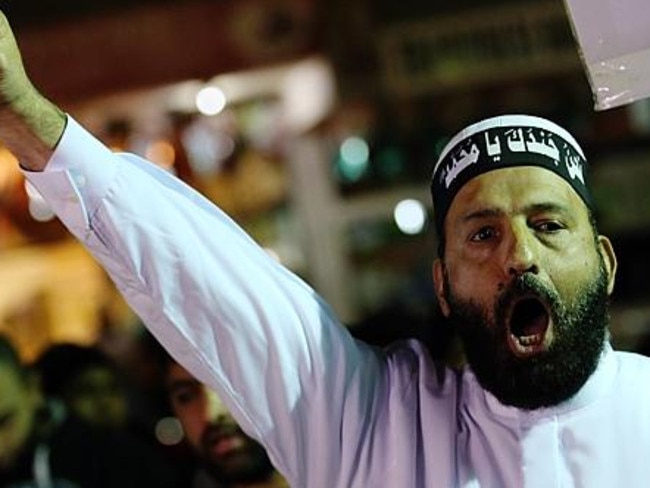
Since the terror alert was heightened in September in response to threats from Islamic State, the government has been more closely monitoring the activity of those on national watch lists, but NSW Attorney-General Brad Hazzard admitted yesterday one fatal mistake had been made by overlooking this man.
“We are asking state agencies and federal agencies to look very closely at how this offender slipped through the cracks,” he said.
But perhaps what’s most disturbing, is that even if the hostage-taker had been under the eye of national agencies, the terrifying siege could still have happened, the Prime Minister has said.
“Even if this individual, this sick and disturbed individual, had been front and centre on our watchlists, even if this individual had been monitored 24 hours a day, it’s quite likely certainly possible, that this incident could have taken place,” Mr Abbott said.
“Because the level of control that would be necessary to prevent people from going about their daily life, would be very, very high indeed.”
Speaking on ABC radio this morning, Mr Abbott said the threshold for an individual to make the watchlist was, “in a nutshell”, someone who “is regarded as at risk of doing violence against innocent people”.
Even though Mr Monis had a known “infatuation with extremism” and had publicly declared his support of IS on his website just last month, he somehow didn’t make the cut.
WE WERE WARNED
Monis arrived in Australia as a refugee from Iran in 1996, and apparently alarm bells were ringing about his dangerous past even before he reached out shores.
According to Fars News International, Iran’s government news agency, he had stolen $US200,000 from people applying for travel visas when he was working in a local travel agency, and used that money to flee to Australia.
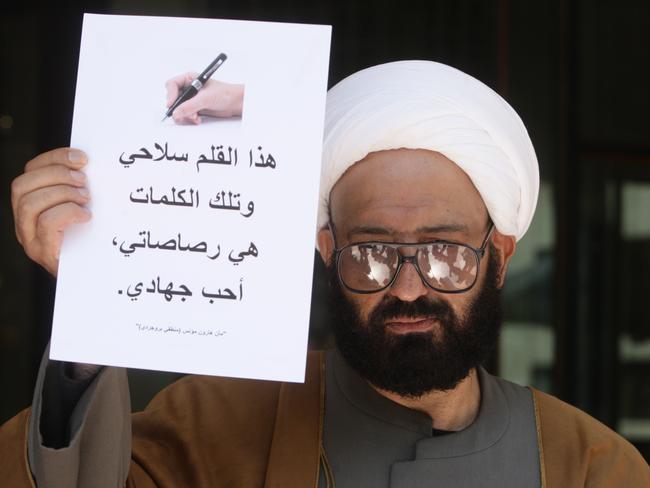
News Corp Australia today reports the Iranian State Department warned Australia about Monis before he arrived in the country almost 20 years ago.
A department spokesman was reported saying: “We told Australia about this criminal 20 years ago” in the Iranian government press.
“The psychological condition of the person who took refuse in Australia two decades ago has been discussed several times with the Australian officials,” a spokeswoman for the Iranian foreign ministry said.
“The situation of the hostage taker had been completely clear to the Australian related officials.”
It was also reported that Australia had denied an attempt extradite Monis to Iran when he had been indicted for fraud in 1996, though Federal Justice Minister Michael Keenan has not responded to these claims.
OUT ON BAIL
Monis entered the Lindt cafe in the centre of Sydney’s CBD armed with a shotgun just months after a Sydney magistrate decided the case to detain him after he had been accused of assisting in the murder of his former partner was “weak”.
The 50-year-old was facing charges of being an accessory to the murder of his ex-wife, stabbed and set alight allegedly by Monis’ new girlfriend.
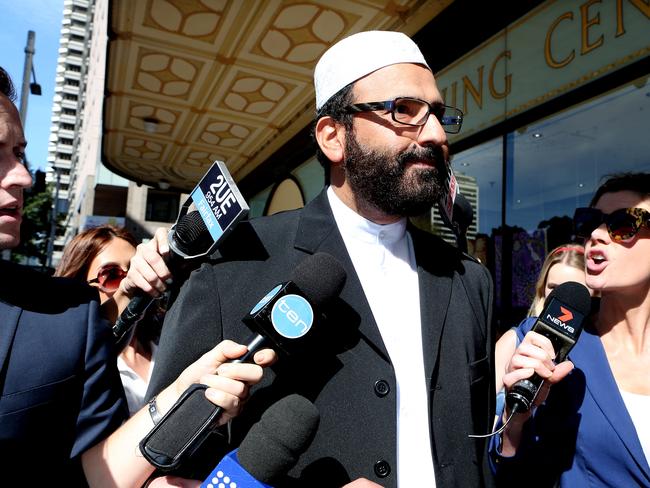
“We are all outraged that this guy was on the street, we are, and we need to understand why he was,” Premier Mike Baird said yesterday.
Post-January, when tightened bail laws are set to come into effect, the accused criminal would simply not have been free, Attorney-General Brad Hazzard admitted yesterday.
Under the new legislation, a person charged with being an accessory to murder would be required to show cause as to why he or she should be granted bail.
Mr Hazzard insisted it wouldn’t be possible for the new bail regime to be implemented before January 28 as officers needed to be fully trained.
For the victims, hostages and their families, January 28 is far too late.
LONG AND CHECKERED HISTORY
The Prime Minister said there was nothing consistent about the “deeply disturbed” individual apart than that he was “consistently weird”.
A look at his criminal history in Australia also indicates he was consistently in trouble with the law.
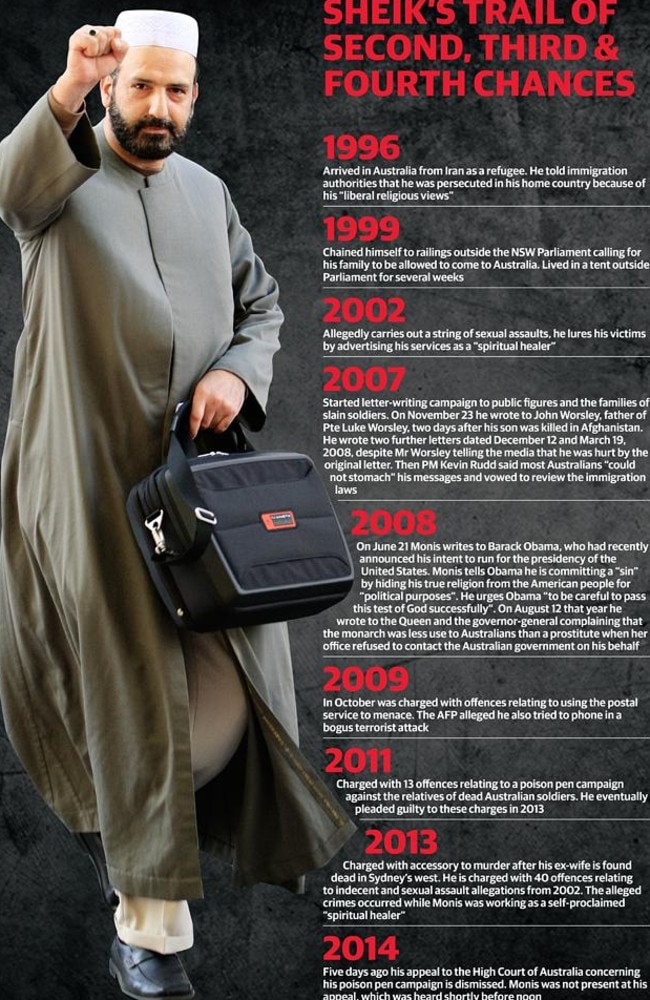
HOW DO WE DEAL WITH MENTAL HEALTH
Questions are also being raised over how authorities can deal with individuals with mental health issues that can potentially be dangerous to the community.
Australian National University visiting professor Clive Williams told AAP the UK was ahead of Australia in how it dealt with individuals such as Monis.
He said there were many such mentally disordered people in the community and there were many historic cases where they mounted attacks which could be classed as terrorist acts.
In 2006, the UK formed a special unit of police and mental health experts to deal with obsessed people who posed a potential threat to politicians and especially the royal family.
He said Australia needed a means to deal with potentially violent people with mental health problems who may or may not be politically motivated and may or may not become violent.
“We need to have a better system in place to identify people like that and a better way of managing them,” he said.
Prof Williams said Australia also needed to be much more discriminating about who were accepted as refugees and citizens.
“That guy was an accident waiting to happen.”
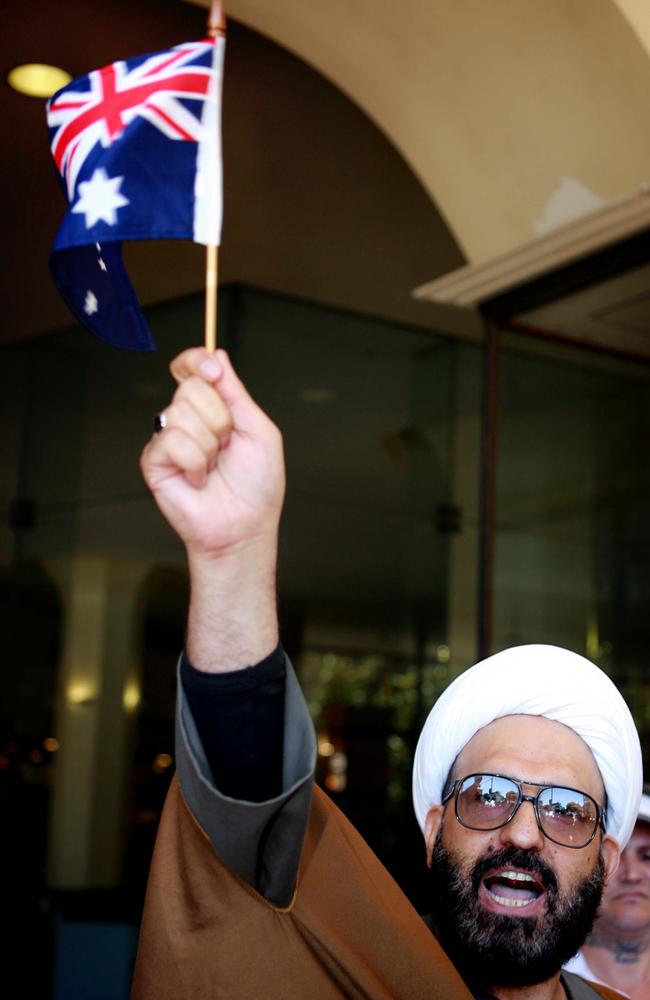
WHAT’S BEING DONE
Reviews are underway into how security and intelligence agencies dealt with Monis, knowing his history and potential risk.
New bail laws are set to come into effect in NSW early next year.
Some of Australia’s most influential voices have admitted mistakes were made, and hopefully developments will come from these reviews.
“The system did not adequately deal with this individual, there’s no doubt about that,” Mr Abbott said today.
“This is why we’ve got to constantly be asking ourselves is this the best we can do. Frankly we’ve got to always be better.”



